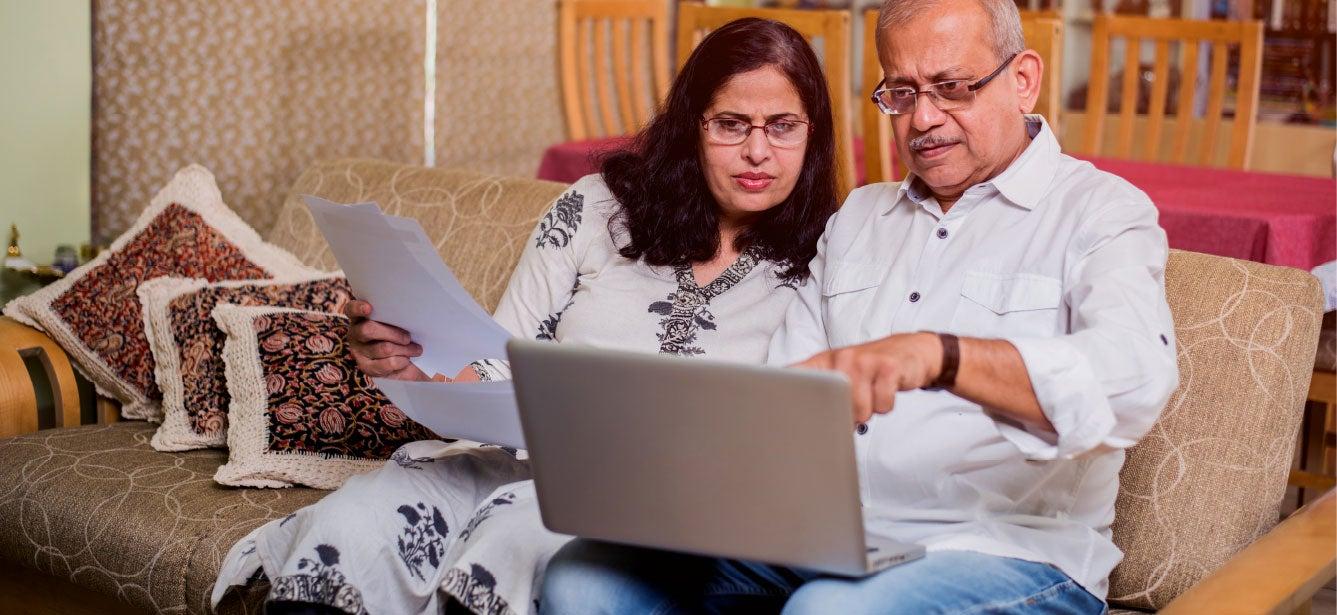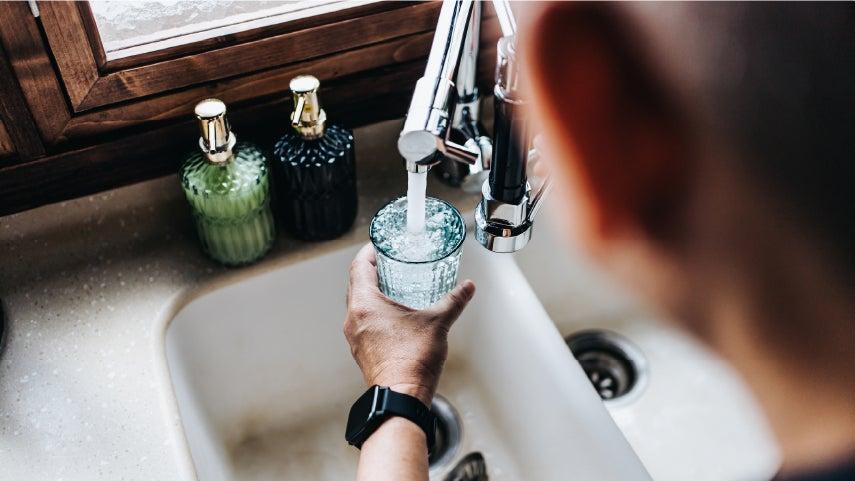
Related Topics
The Low-Income Home Energy Assistance Program (LIHEAP) was created to help people with low income afford their home energy costs. During the coldest winter and warmest summer months, this program provides financial support that helps roughly 6.7 million households stay comfortable, safe, and healthy.1 It’s a lifeline for older adults who might otherwise have to choose between paying their gas bill and putting food on their table.
The first step to getting LIHEAP assistance is to apply. It costs you nothing, and it’s not as complicated as you may think.
How do I apply for LIHEAP?
While LIHEAP is paid for by the federal government, each state, territory, and tribe has its own LIHEAP guidelines, application, and deadlines. You must apply for LIHEAP by working directly with the agency in your state that’s in charge of providing benefits. Some states, like Massachusetts, have many LIHEAP agencies that serve different parts of the state.
In general, applying to LIHEAP involves the steps below.
1. See if you qualify for LIHEAP
LIHEAP is a need-based program created for households with low income. Current federal LIHEAP income guidelines set household income maximums at no greater than 150% of the federal poverty guideline (FPG) OR no greater than 60% of a state's median income (SMI). Income eligibility levels may not be set below 110% of the FPG.
For example, in fiscal year 2022, a two-person household in Texas with an annual household income of $27,465 or less might qualify for LIHEAP. In Florida, this same size of household must have an annual income of $34,048 or less.
LIHEAP income maximums (the highest income you can have and still get LIHEAP assistance) can differ greatly across states. Some states allow deductions for medical expenses above a certain amount as well as other expenses. These deductions can make it easier for you to get LIHEAP assistance. Contact your local LIHEAP office for the most accurate, up-to-date LIHEAP income guidelines for your state.
2. Complete and submit your LIHEAP application
Every state has a certain timeframe for accepting LIHEAP applications each year, so be sure to find out the deadline for your state. Some states want applications to be mailed in, while others allow you to apply for LIHEAP online. You can also apply in person in some areas.
When you apply for LIHEAP, you’ll be asked for some basic information, such as:
- Your name, home address, and Social Security number (if you have one)
- Your date of birth
- Your housing situation (rent or own)
- The size of your household
- Your main heating source (such as gas or electric)
- Name of your utility company (fuel or electricity provider)
- Monthly income for you and other members of your household
If your state offers this option, applying for LIHEAP online can save you time. The LIHEAP Clearinghouse has a list of state applications that are available online. It also shows which states have websites where you can submit your application. Any personal information you submit online is kept 100% private.
Don't see your state listed? Reach out to your local LIHEAP office to find out more about how to apply. Be sure to tell your agency if you need help completing an application.
3. Gather supporting documents for your LIHEAP application
In addition to completing a LIHEAP application, you will be asked for documents that verify (prove) the information you already provided. Depending on your state, these documents may include:
- Proof of identity such as a valid driver's license, work visa, or state ID card
- Social Security card
- Proof of income for each household member, such as pay stubs, pension statements, or a benefit verification letter from Social Security
- Government award letters for benefits such as SNAP
- Income tax returns
- Bank statements
- Mortgage statement and/or property tax bill
- A recent copy of your lease
- Your most recent electric and/or heating bill
4. Wait for the decision on your application
If you are awarded a LIHEAP grant, you will get a letter in the mail stating the amount. The cash grant will be paid directly to the utility company you named on your application. If your LIHEAP application is denied, you will get a denial notice explaining the reason why. Typically, you will get a decision within 30-60 days of sending in your application. If you need emergency energy help (such as when your utilities are shut off), you may be able to get a decision sooner. Many states have websites and/or hotlines where you can check on your LIHEAP application status.
You must apply for LIHEAP each year that you need help paying your utility bills. Once you receive a LIHEAP grant, you will get a renewal application the following year that includes instructions on how to apply.
Note: Qualifying for LIHEAP does not mean you will get financial help. Since there is limited LIHEAP money available each year, only about 20% of eligible households receive energy assistance.2 That’s why it’s important to apply for LIHEAP as soon as you know you qualify and before the application deadline for your state.
Can you apply for LIHEAP over the phone?
You can find out if you're eligible to receive LIHEAP benefits by contacting your local LIHEAP office. You can also get help applying by calling the toll-free phone number at 866-674-6327.
What if I do not agree with my LIHEAP decision?
If your application was denied by your local LIHEAP office, you have the right to appeal that decision. Instructions on how to appeal are usually found in your denial notice. If the notice you received does not explain the appeals process, contact your local LIHEAP office for details on what to do next.
See if you qualify for LIHEAP and other benefit programs
NCOA offers a free, easy-to-use online tool where you can browse programs, including LIHEAP, and find out if you qualify. You have nothing to lose—and valuable benefits to gain—so visit BenefitsCheckUp.org and enter your ZIP code to get started.
Sources
1. A Light for Those in Need: LIHEAP Nears Fifth Decade of Service, LIHEAP (May 2022). Found on the internet at https://uploads-ssl.webflow.com/625088a41425d19695c01ba8/62ab684c9babcf8d4da01c0f_LIHEAP%202022%20White%20Paper_FINAL.pdf
2. The Low Income Home Energy Assistance Program (LIHEAP), National Consumer Law Center. Found on the internet at https://nlihc.org/sites/default/files/AG-2017/2017AG_Ch05-S08_Low-Income-Home-Energy-Assistance-Program_LIHEAP.pdf




